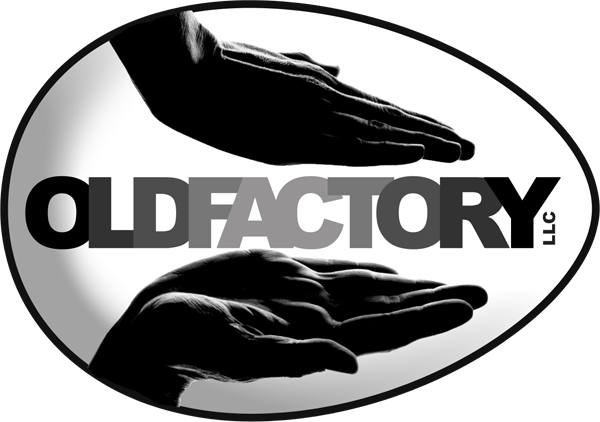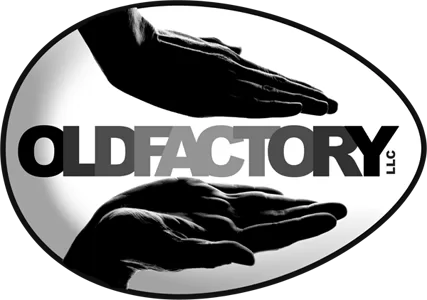Uncategorized
A Quick History of Soap from guest writer Gemma Edmonds
Thanks to Gemma Edmonds for submitting this article for our blog! She gives us a quick history of soap. Very interesting!
A Quick History Of Soap
Nowadays, soap is something we all take for granted. It requires something a bit special (gorgeous smelling, sprinkled with flowers, made with pure ingredients…sounding familiar?) to get us excited about soap these days. But it has not always been thus. The history of soap is long, more interesting than you might think, and tells us an awful lot about our ancestors…
Babylonian Soap
People have probably been using various plant and animal materials to clean and nourish their skin since the dawn of humanity. Indeed, there are animals who use natural materials to clean themselves – birds ‘bathe’ in sand and dust, elephants take mud baths which are a lot like our soap baths (impurities stick to the mud, and the elephant hoses the whole lot off with its trunk!). However, the first recognisable evidence we have for the manufacture of human ‘soap’ comes from Ancient Babylon. A clay tablet dating from around 2200 BC has been found which appears to contain a recipe for soap. The basic ingredients detailed are water, alkali, and cassia oil – something we still use in soaps today!
At around the same time, the Ancient Egyptians were using combinations of animal or vegetable oils with alkaline salts to wash themselves. Poorer people used a mix of ashes, cypress oils, and sesame oils. This may seem counterintuitive – ashes being ‘dirty’ and ‘smudgy’ – but, in fact, there are ingredients in wood-ash (‘potash’) which are very useful for removing stains.
‘Sapo’
Our word ‘Soap’ is drawn from the Latin ‘Sapo’. The Roman historian Pliny the Elder used it to describe a mixture of tallow and ashes which the ‘barbarians’ of Gaul used as a hair pomade. While the Romans spent a lot of time in the bath house, they were not big users of ‘soap’ as we’d consider it today. In order to wash, they’d coat themselves with oil, and scrape the oil off. Washing with ‘sapo’ was considered a deeply uncivilised thing to do. However, the tribal people of Gaul, Britain, and Germany didn’t seem to care. Roman writers sniffily noted that they would make ‘balls’ of this tallow and potash mixture, with which they would wash themselves in water. The Romans changed their tune in the second century, when a ‘craze’ for personal cleanliness erupted, and ‘sapo’ from Germany was much sought after across the Empire.
Medieval Soap
Cleanliness and the use of soap differed greatly across the world as the Roman Empire fell and the medieval era drew on. In the Islamic world, soap-making techniques became highly refined, and regular bathing with soapbecame an important cultural fixture. In medieval Europe, on the other hand, things were not quite so fragrant. While bathing was not quite as rare as some people think it was, medieval Europeans certainly didn’t wash as regularly as their Islamic counterparts. Some medieval people considered bathing a form of sexual debauchery, and thought that letting water touch their naked skin could ‘let the devil in’ and make you sick (in fairness, this may not have been as silly as it seems. Medieval water carried all kinds of nasty diseases). Indeed, contrary to modern methods, chronic drunks were advised to abstain from washing, lest they ‘weaken’ or ‘wash away’ their resolve. Despite this, however, soap-making methods did become more formalised as the middle ages wore on – partly due to the communication of ideas with the Islamic world. Guilds of soapmakers began to appear in major cities from about 800AD onwards. However, it seems that their produce was used more to wash the clothes of the rich than the bodies of the poor…
C16 Industrialisation
As the world entered the Early Modern period, bathing became more de rigeur. People were fussier these days about how they smelled, and a clean scent became, for perhaps the first time, a mark of attractiveness. As a consequence, artisan soapmakers sprang up, perfecting methods of making soap which cleaned away foul odors and left pleasant ones in their place. Soaps made with oilve oil and herbs, of the kind we still produce today, became popular during this period.
Cleanliness And Health
Of course, once germs were discovered, and the link between cleanliness and health was firmly established, the growth of the soap industry was meteoric. Public health drives all across the world put bars of soap in every household, and ensured that soap has become an integral part of our daily lives. If you don’t use it, you’re liable to alienate a lot of people! However, we can still enjoy it as the luxury that our C16 ancestors considered it! A gorgeous, creamy soap which leaves your skin nourished and smelling beautiful is an enjoyable experience, as well as a health necessity!


